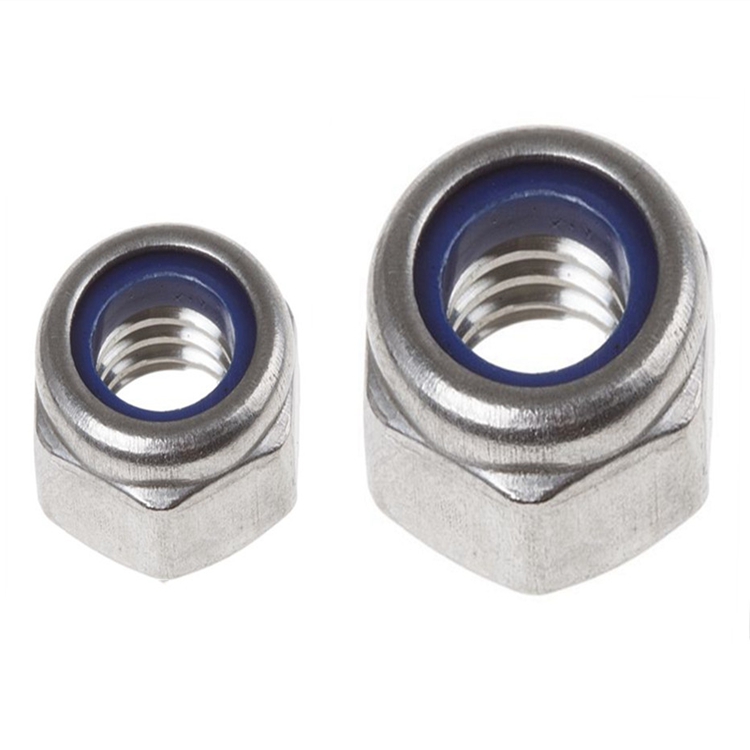Exploring the Development and Applications of Stud Bolts in China's Manufacturing Industry
Aug . 14, 2024 07:01 Back to list
Exploring the Development and Applications of Stud Bolts in China's Manufacturing Industry
The Evolution and Impact of Stud Bolts in China
In the modern era of industrialization, the significance of stud bolts in various sectors cannot be underestimated. Particularly in China, which has emerged as a global manufacturing powerhouse, the production and application of stud bolts play a crucial role in numerous industries, including construction, automotive, and machinery. This article explores the evolution, manufacturing process, and impact of stud bolts in China.
The Role of Stud Bolts in Industry
Stud bolts are fasteners that consist of a threaded shaft with a head that allows for the attachment of two or more components together. They are essential in securing structural integrity in various applications. In China, where rapid urbanization and industrial growth have been prominent, the demand for quality fasteners, particularly stud bolts, has surged. Industries such as oil and gas, power generation, and shipbuilding rely heavily on these fasteners to ensure safety and stability in their operations.
Historical Context
The history of stud bolts in China can be traced back to the country’s early industrial development in the late 20th century. Initially, the production of fasteners was rudimentary, relying on manual labor and basic machinery. However, as China's economy expanded in the 1980s and 1990s, the demand for advanced manufacturing processes grew. Factories began to adopt new technologies, including automated machinery and computer-aided design (CAD), which enhanced the precision and efficiency of bolt production.
Manufacturing Process
The manufacturing of stud bolts in China typically involves several steps, including material selection, forging, machining, and surface treatment. The most common materials used for stud bolts include carbon steel, stainless steel, and alloy steel, chosen for their strength and durability.
1. Material Selection High-quality raw materials are critical for durability. Steel with higher tensile strength is often used to ensure the studs can withstand extreme conditions.
china stud bolt china

2. Forging The initial shape of the stud bolt is created through forging, where heated metal is shaped under pressure. This process enhances the mechanical properties of the metal, making it less susceptible to cracking and improving its overall strength.
3. Machining Once forged, the bolts undergo machining processes to cut threads and ensure they meet specific dimensions and tolerances. CNC (Computer Numerical Control) machines are commonly used in this stage for precision.
4. Surface Treatment To enhance corrosion resistance, bolts are often treated with coatings such as zinc plating, black oxide, or hot-dip galvanization. These treatments extend the lifespan of the bolts and reduce maintenance costs.
Impact on Global Markets
China's stud bolt manufacturing industry has had a significant impact on global markets. With its competitive pricing and high-volume production capabilities, China has become a critical supplier of stud bolts worldwide. This not only supports local industries but also allows for technological exchanges and the transfer of knowledge about advanced manufacturing processes. Chinese manufacturers are increasingly focusing on quality standards and certifications, such as ISO and ASTM, to compete in international markets.
Future Outlook
As China continues to emphasize innovation and sustainability, the future of stud bolts in the country looks promising. Advancements in materials science and manufacturing techniques will likely lead to even more efficient and durable products. Additionally, as industries worldwide strive for greener practices, the demand for eco-friendly materials and processes in the production of stud bolts is expected to rise.
In conclusion, the evolution of stud bolts manufacturing in China reflects the broader industrial growth and technological advancement of the nation. With a strong foundation and a focus on quality and innovation, China's stud bolt industry is poised to remain a vital player in the global market, driving both economic growth and technological progress.
Latest news
-
Top Wire Bolts Suppliers - Quality & Durable Fasteners
NewsAug.15,2025
-
Trusted Wire Bolts Company | Quality Fasteners Supplier
NewsAug.14,2025
-
Reliable Wire Bolts Suppliers & Manufacturers for Global Needs
NewsAug.13,2025
-
High-Quality Bolts for Lawn Mower Handle Supplier
NewsAug.12,2025
-
Leading Phosphated Drywall Screws Supplier | Bulk & Custom Orders
NewsAug.11,2025
-
Top Wire Bolts Company: Manufacturers, Exporters & Suppliers
NewsAug.10,2025
